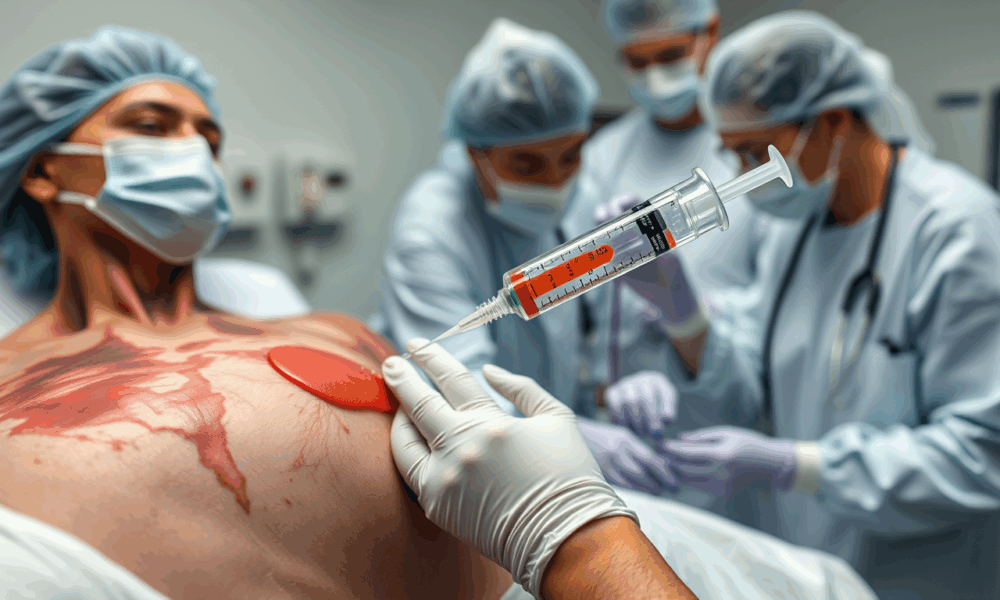
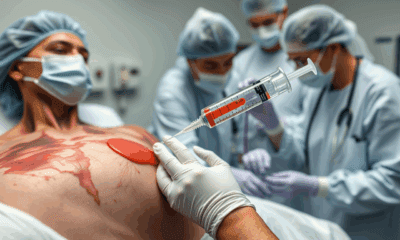

Scientists in Sweden have developed a groundbreaking “skin in a syringe” — a gel packed with live cells that can be applied directly to wounds or...
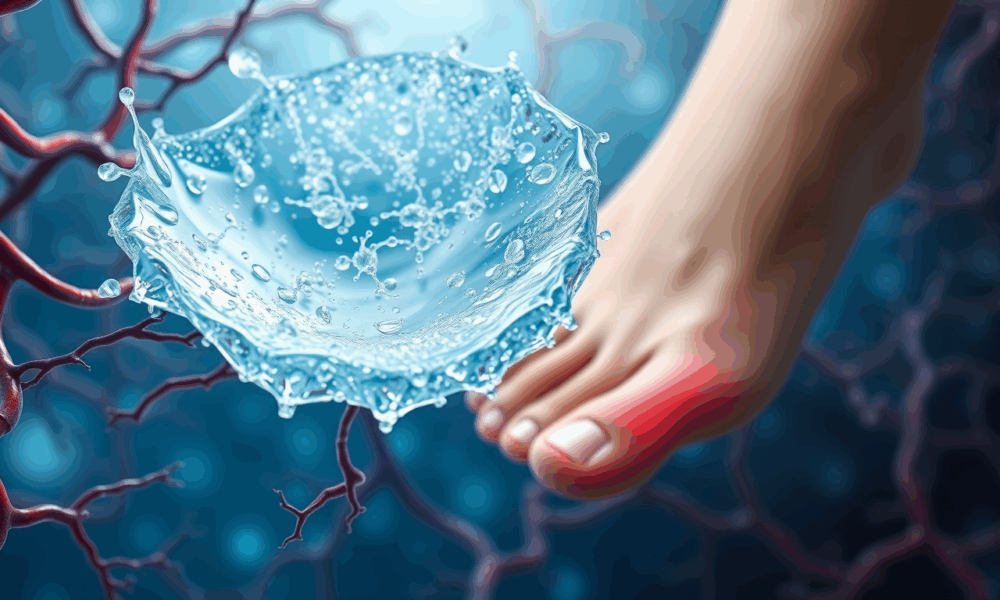
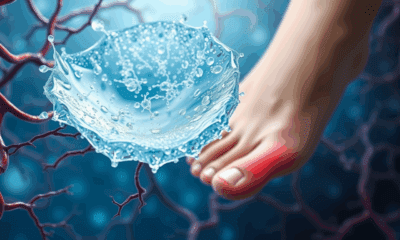

A new gel-based treatment could change the way diabetic wounds heal. By combining tiny healing messengers called vesicles with a special hydrogel, scientists have created a...
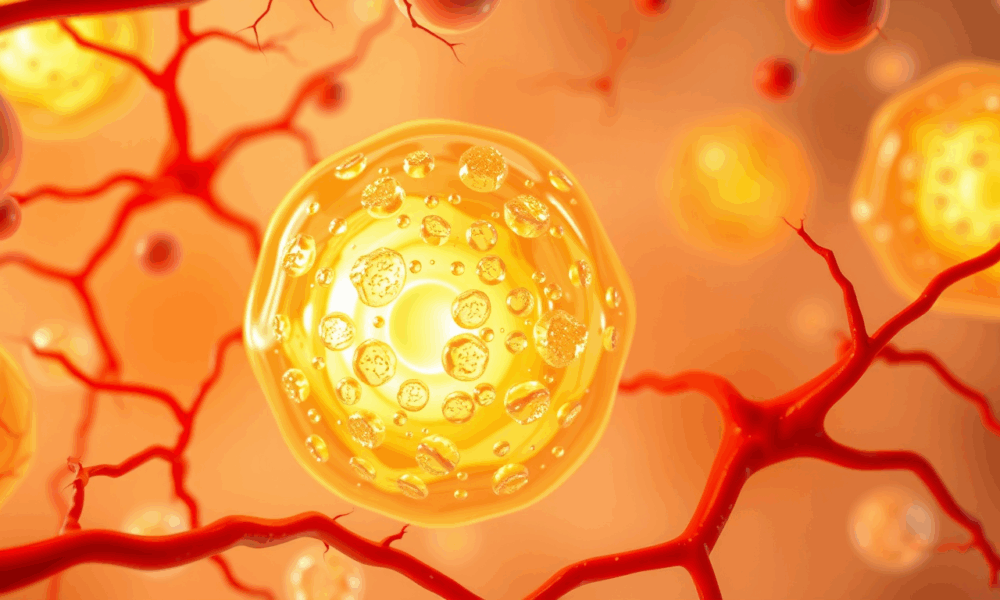


Scientists at Columbia Engineering have developed an injectable hydrogel made from yogurt-derived extracellular vesicles (EVs) that could revolutionize regenerative medicine. These EVs serve both as healing...



Researchers at UT Arlington have discovered a key enzyme, IDO1, that when blocked, helps immune cells regain their ability to properly process cholesterol—something that breaks down...
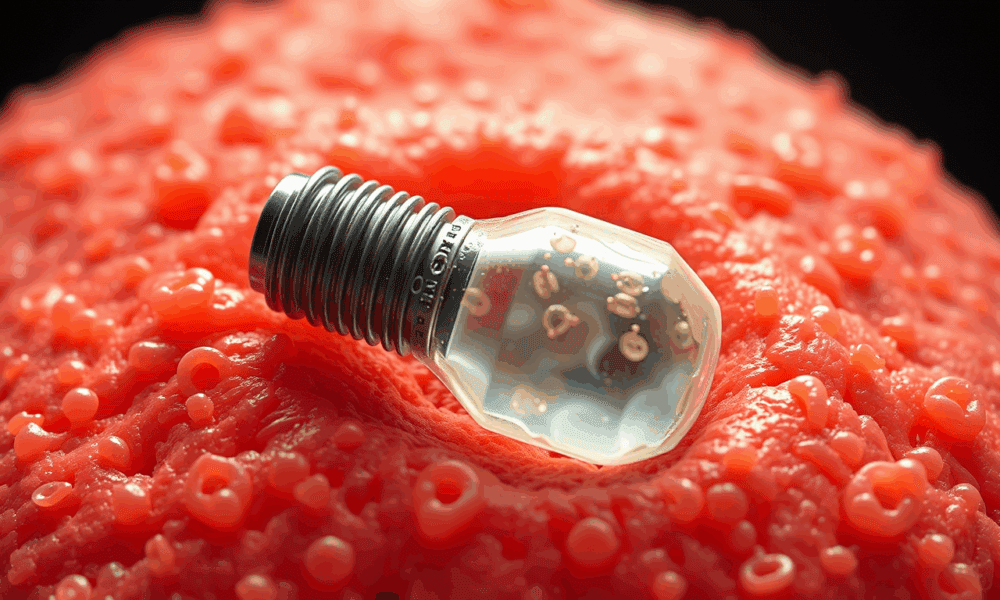
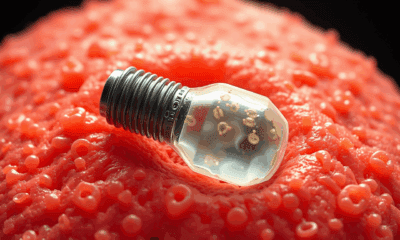

Scientists have reported use of antibacterial coatings made from resilin-mimetic proteins to fully block bacteria from attaching to a surface. A protein that gives fleas their...
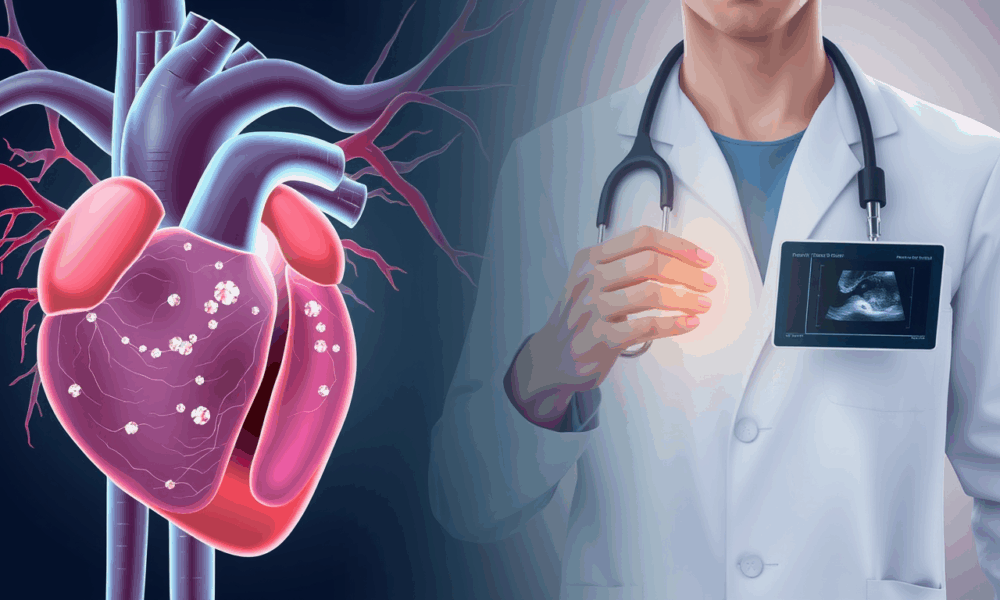
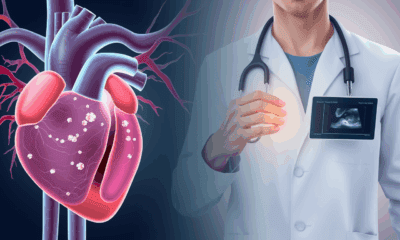

Aortic valve narrowing (aortic stenosis) with concomitant cardiac amyloidosis is a severe heart disease of old age that is associated with a high risk of death....



Taking a statin medication is an effective, safe, and low-cost way to lower cholesterol and reduce risk of cardiovascular events. Despite clinicians recommending that many patients...
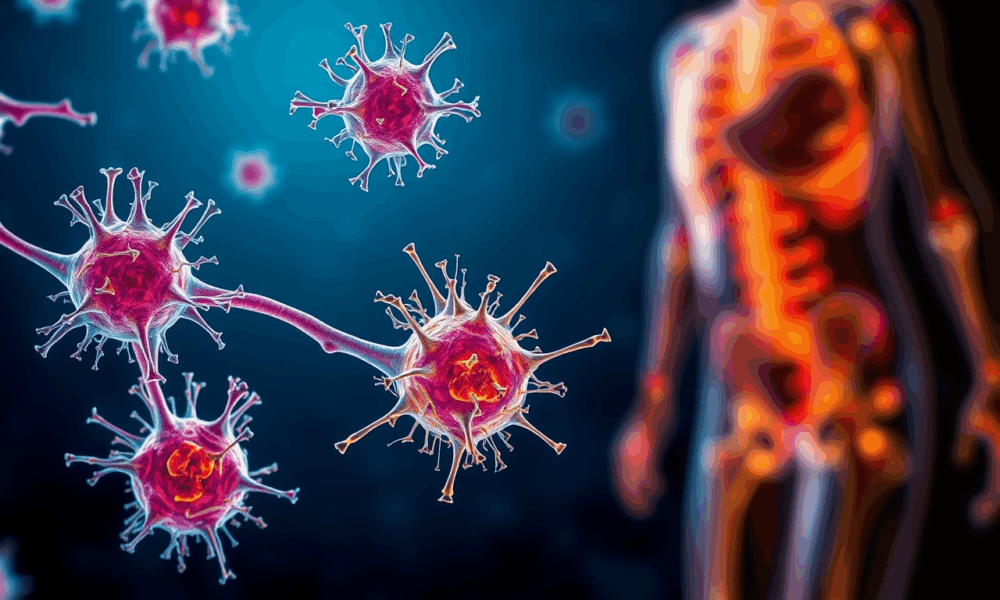
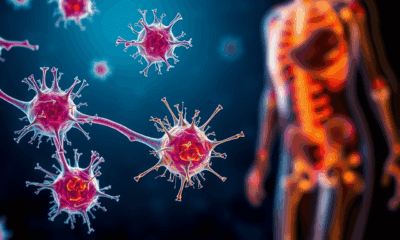

Fibroblasts play a central role in maintaining healthy tissue structures, as well as in the development and progression of diseases. For a long time, these specialized...
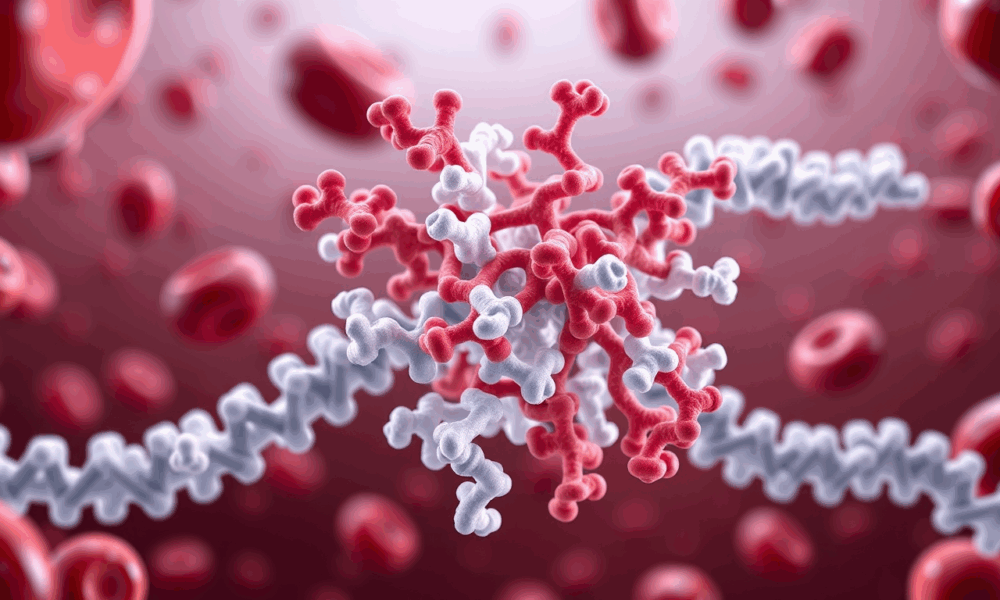
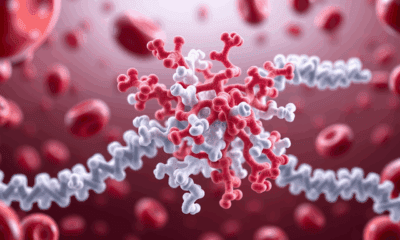

Scientists are aiming to determine the composition and topology of physiological Ashwell-Morell receptor ligands. Their findings will help uncover the receptor's still-hidden secrets.



Australian researchers have flagged some promising new approaches to treat severe burns that could save lives and dramatically improve patient recovery.